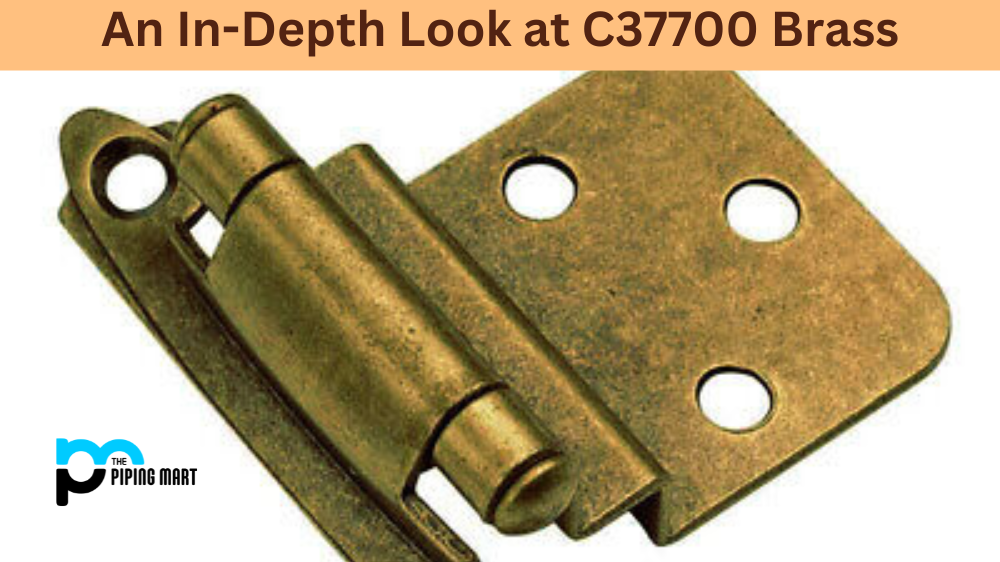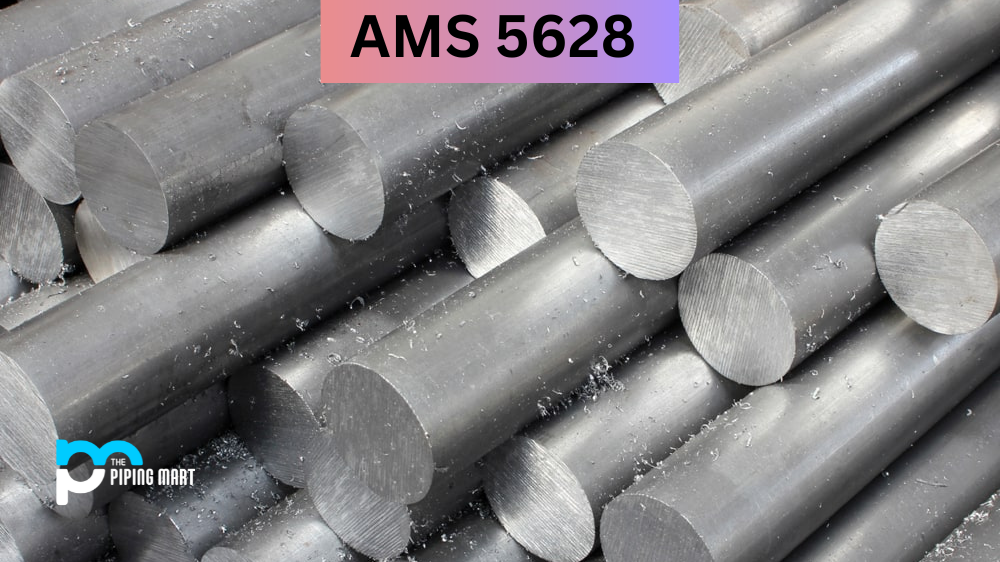Brass, an alloy of copper and zinc, has been used for centuries for various purposes. C37700 brass, also known as CW614N or led yellow brass, is one of the many types of brass alloys. It contains lead, which improves machinability, and tin, which aids in formability. But what else do we know about c37700 brass? This blog post will examine its composition, physical and mechanical properties, uses, and more in-depth.
C37700 Composition
C37700 brass consists of 59-62% copper, 0.5-1.5% lead, 0.05-0.7% tin, 0.03% iron, and the rest is zinc. The small addition of information enhances the machinability, while the container provides formability. C37700 brass can also be alloyed with small amounts of other elements, such as iron, manganese, and aluminium, to improve specific properties.
| Element | Content (%) |
|---|---|
| Copper, Cu | 58 – 61 |
| Iron, Fe | 0.3 (max) |
| Lead, Pb | 1.2 – 2.5 |
| Zinc, Zn | Remainder |
C37700 Physical Properties
C37700 brass has a density of 8.44 g/cm³ and a melting point of 895-940°C. It has good thermal and electrical conductivity, making it suitable for electrical and thermal applications. Depending on the lead content, its colour ranges from yellow to golden brown.
| Properties | Metric | Imperial |
|---|---|---|
| Density | 8.44 g/cm³ | 0.305 lb/in³ |
| Melting point | 895°C | 1620°F |
C37700 Mechanical Properties
C37700 brass has a tensile strength of 414 MPa and a yield strength of 207 MPa. It has good flexibility and can be easily formed, bent, or stamped. Its elongation at break is around 30%. The addition of lead can decrease mechanical strength but improves machinability.
| Properties | Metric | Imperial |
|---|---|---|
| Hardness, Rockwell B (as drawn, extruded, cold drawn 18%, annealed 1h) | 74 | 74 |
| Hardness, Rockwell F (M30 temper) | 78 | 78 |
| Tensile strength (M30 temper) | 360 MPa | 52200 psi |
| Tensile strength (as drawn, extruded, cold drawn 18%, annealed 1h) | 460 MPa | 66700 psi |
| Yield strength (@ 0.500%, M30 temper) | 140 MPa | 20300 psi |
| Elongation at break (as drawn, extruded, cold drawn 18%, annealed 1h) | 29% | 29% |
| Elongation at break (in 50 mm, M30 temper) | 45% | 45% |
| Reduction of area (as drawn, extruded, cold drawn 18%, annealed 1h) | 50% | 50% |
| Elastic modulus | 117 GPa | 17000 ksi |
| Poisson’s ratio | 0.34 | 0.34 |
| Machinability (UNS C36000 (free-cutting brass) = 100) | 80 | 80 |
| Shear modulus | 39 GPa | 5660 ksi |
C37700 Equivalents
- ASME SB283
- ASTM B124
- ASTM B283
- SAE J461
- SAE J463
C37700 Uses
C37700 brass is commonly used in plumbing fixtures, valve stems, gears, and decorative items. Its excellent machinability and formability make it perfect for products requiring intricate designs. It is also used in electrical applications such as connectors and switches because of its high conductivity and ability to withstand high temperatures.
C37700 Hardness
C37700 brass has a Brinell hardness of 100. However, adding lead can decrease the hardness and improve the machinability.
C37700 Heat treatment
C37700 brass cannot be hardened by heat treatment. However, it can be annealed to improve its ductility and formability.
C37700 Welding
C37700 brass can be welded using various methods, such as gas tungsten arc welding (GTAW) and gas metal arc welding (GMAW). Preheating and post-weld heat treatment may be required depending on the method used.
C37700 Corrosion Resistant
C37700 brass has good corrosion resistance in most environments. However, it is unsuitable for use in marine environments or the presence of sulfuric acid.
Conclusion:
C37700 brass is a popular brass alloy with excellent machinability and formability. Its addition of lead improves machinability, while the tin enhances formability. Its physical and mechanical properties make it suitable for various plumbing, electrical, and decorative applications. Understanding its properties and uses will help you choose the right brass alloy for your products.

Abhishek is a seasoned blogger and industry expert, sharing his insights and knowledge on various topics. With his research, Abhishek offers valuable insights and tips for professionals and enthusiasts. Follow him for expert advice on the latest trends and developments in the metal industry.




